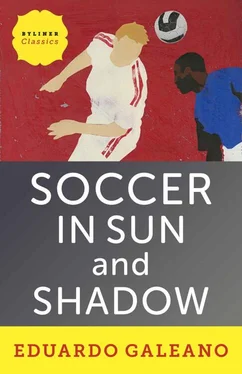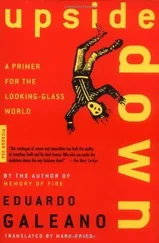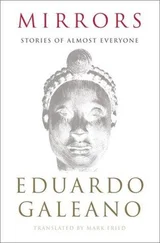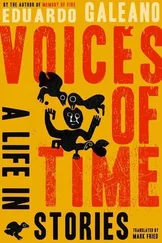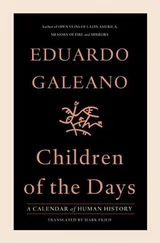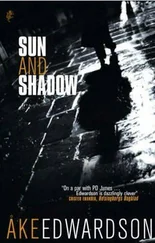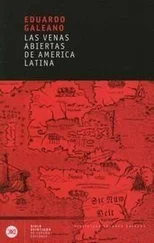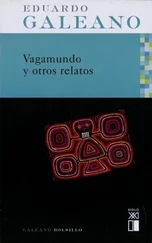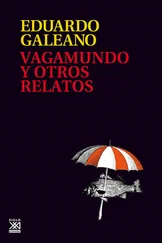The previous day, Carlos Gardel had sung for the Argentine players at the hotel where they were staying. To bring them luck, he had brought out a new tango called “Dandy.” Two years later, just before the final of the 1930 World Cup, it happened again: Gardel sang “Dandy” to wish the team success and Uruguay won the final. Many swear his intentions were beyond reproach, but there are those who believe therein lies the proof that Gardel was Uruguayan.
It was 1929. Argentina was playing Paraguay.
Nolo Ferreira brought the ball up from right at the back. He broke open a path, leaving a string of fallen bodies, until he suddenly found himself face-to-face with the entire defense lined up in a wall. Then Nolo stopped. He stood there passing the ball from one foot to the other, from one instep to the other, not letting it touch the ground. His adversaries tilted their heads from left to right and right to left, in unison, hypnotized, their gaze fixed on that pendulum of a ball. The back-and-forth went on for centuries, until Nolo found a hole and shot without warning: the ball pierced the wall and shook the net.
The mounted police got off their horses to congratulate him. Twenty thousand people were on the field, but every Argentine will swear he was there.
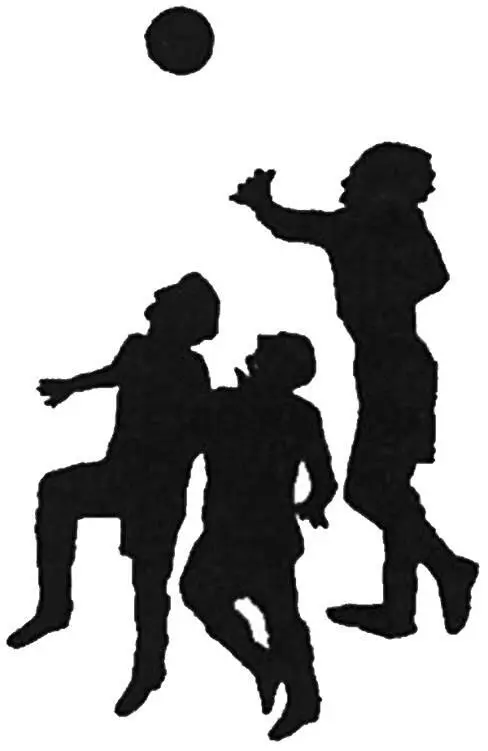
An earthquake was shaking the south of Italy and burying 1,500 Neapolitans, Marlene Dietrich was singing “Falling in Love Again,” Stalin was completing his usurpation of the Russian Revolution, and the poet Vladimir Mayakovsky was committing suicide. The English were jailing Mahatma Gandhi, who by demanding independence and loving his country had brought India to a standstill. Under the same banner in the other Indies, our Indies, Augusto César Sandino was rousing the peasants of Nicaragua and U.S. Marines were burning the crops to defeat him by hunger.
In the United States some were dancing to the new boogie-woogie, but the euphoria of the Roaring Twenties had been knocked out cold by ferocious blows from the crash of ’29. When the New York Stock Exchange tanked, it devastated international commodity prices and dragged several Latin American governments into the abyss. The price of tin took a nosedive off the precipice of the global crisis, pulling Bolivian President Hernando Siles after it and putting a general in his place, while the collapse of meat and wheat prices finished President Hipólito Yrigoyen in Argentina and installed another general in his place. In the Dominican Republic, the fall in sugar prices opened the long cycle of dictatorship of also-general Rafael Leónidas Trujillo, who was inaugurating his regime by baptizing the capital city and the port with his own name.
In Uruguay, the coup d’état was not to strike until three years later. In 1930 the country had eyes and ears only for the first World Cup. Uruguayan victories in the previous two Olympics held in Europe made the country the obvious choice to host the tournament.
Twelve nations arrived at the port of Montevideo. All Europe was invited, but only four teams crossed the ocean to these southern shores; “That’s far away from everything,” Europeans said, “and the passage is expensive.”
A ship brought the Jules Rimet trophy from France, accompanied by FIFA president Monsieur Jules himself and by the reluctant French team.
With pomp and circumstance Uruguay inaugurated the monumental showcase it had taken eight months to build. The stadium was called Centenario to celebrate the constitution, which a century before had denied civil rights to women, the illiterate, and the poor. In the stands not a pin would have fit when Uruguay and Argentina faced each other in the final. The stadium was a sea of felt hats and canopies over cameras with tripods. The goalkeepers wore caps and the referee black plus fours.
The final of the 1930 World Cup did not merit more than a twenty-line column in the Italian daily La Gazzetta dello Sport . After all, it was a repeat of the Amsterdam Olympics in 1928: the two nations of the River Plate insulted Europe by showing the world where the best soccer was played. As in ’28, Argentina took second place. Uruguay, losing 2–1 at the half, ended up winning 4–2 and was crowned champion. To referee the final, the Belgian John Langenus demanded life insurance, but nothing more serious occurred than a few tussles in the stands. Afterward, in Buenos Aires, a crowd stoned the Uruguayan consulate.
Third place went to the United States, which had among its players several recent Scottish immigrants, and fourth place went to Yugoslavia.
Not a single match ended in a draw. The Argentine Stábile headed up the list of scorers with eight goals, followed by the Uruguayan Cea with five. Louis Laurent of France scored the first goal in World Cup history, against Mexico.
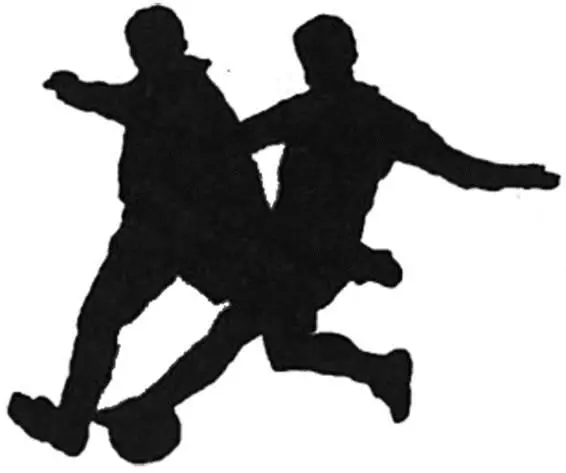

Not even X rays could get through him. They called him “The Terrible.”
“The field is a jar,” he liked to say. “And the mouth of the jar is the penalty area.”
There, in the box, he was boss.
José Nasazzi, captain of the Uruguayan teams of ’24, ’28 and ’30, was the first caudillo of Uruguayan soccer. He was the windmill of the entire team, which worked to the rhythm of his shouts of warning, disappointment, and encouragement. No one ever heard him complain.
In 1930 Albert Camus was Saint Peter guarding the gate for the University of Algiers soccer team. He had been playing goalkeeper since childhood, because in that position your shoes don’t wear out as fast. Son of a poor home, Camus could not afford the luxury of running the fields; every night, his grandmother examined the soles of his shoes and gave him a beating if she found them worn.
During his years in the net, Camus learned many things: “I learned that the ball never comes where you expect it to. That helped me a lot in life, especially in large cities where people don’t tend to be what they claim.”
He also learned to win without feeling like God and to lose without feeling like rubbish, skills not easily acquired, and he learned to unravel several mysteries of the human soul, whose labyrinths he explored later on in a dangerous journey on the page.

One of the world champion Uruguayans, “Perucho” Petrone, packed up and moved to Italy. The afternoon in 1931 when Petrone made his debut for Fiorentina, he scored eleven goals.
He did not last long there. He was the top scorer in the Italian championship and Fiorentina offered him everything, but Petrone tired quickly of the hurrahs of Fascism on the rise. Fed up and homesick, he went back to Montevideo where for a while he continued scoring his scorched-earth goals. He wasn’t yet thirty when he had to leave soccer for good. FIFA forced him out because he broke his contract with Fiorentina.
They say Petrone’s shot could knock down a wall. Who knows? One thing is for sure: it knocked out goalkeepers and broke through nets.
Meanwhile, on the other shore of the River Plate, the Argentine Bernabé Ferreyra was also shooting cannonballs with the fury of the possessed. Fans from every team went to see “The Wild Animal” start out deep, cut his way through the defense, and put the ball in the net and the keeper along with it.
Читать дальше
